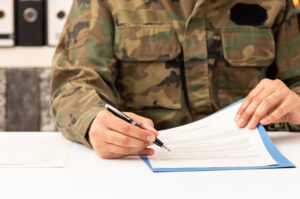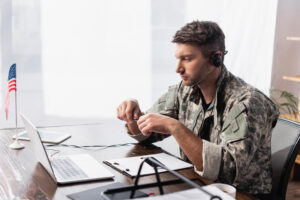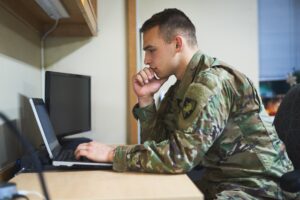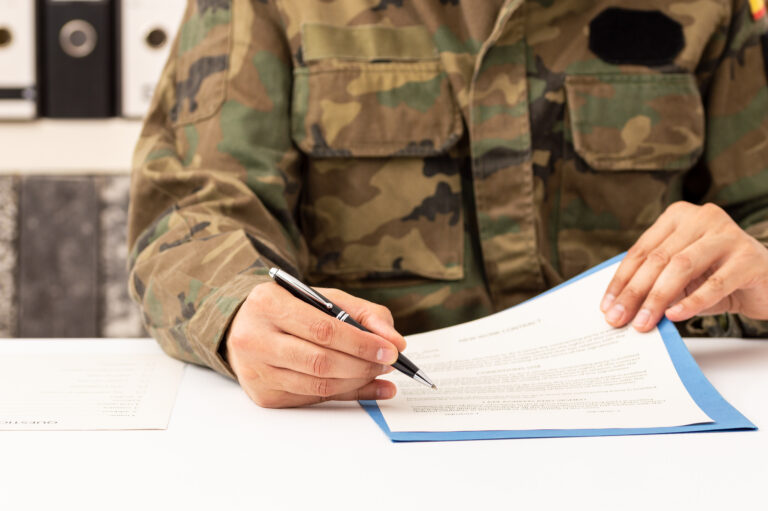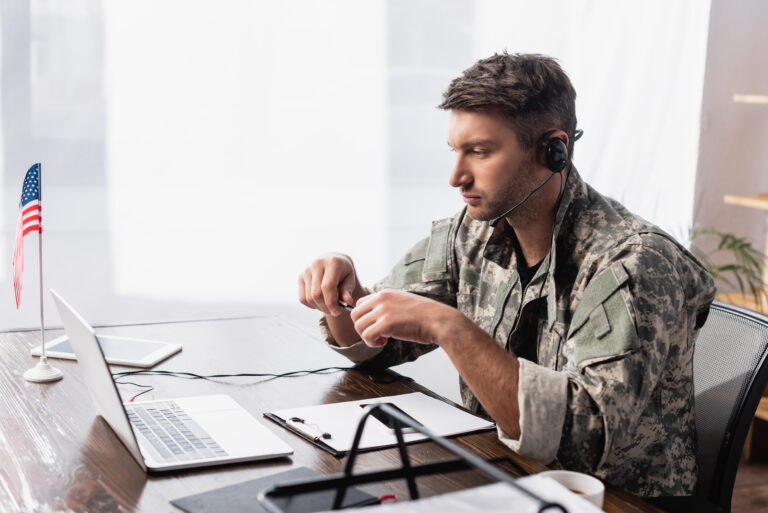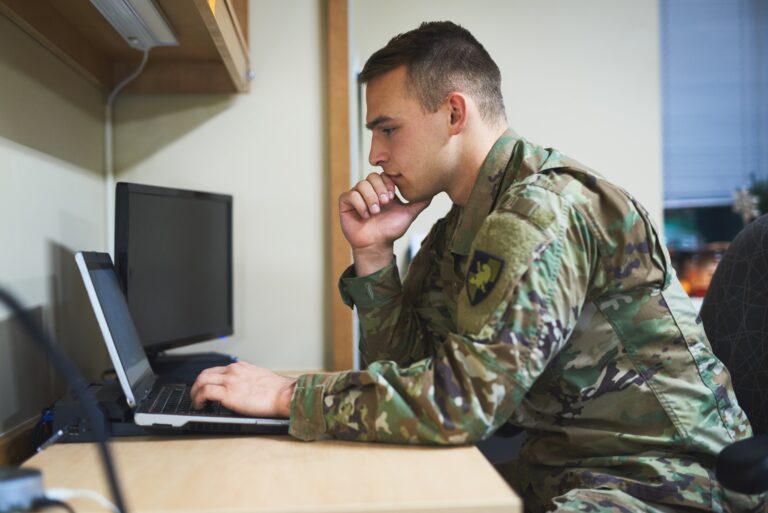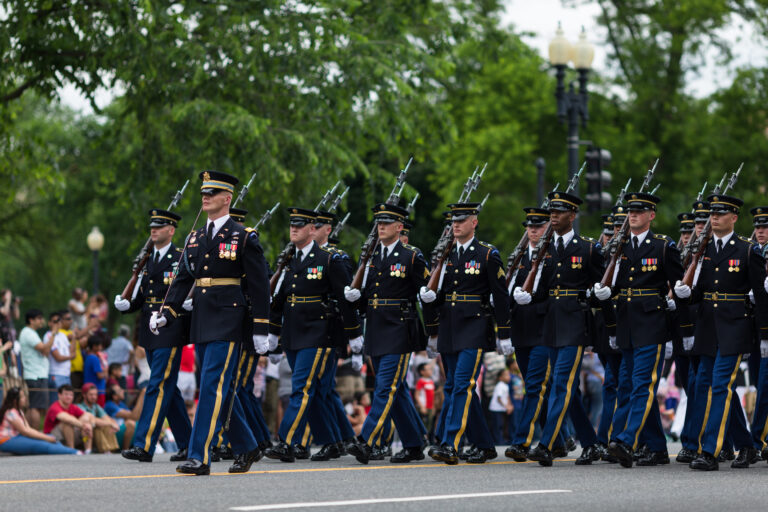Understanding USAF Email: A Practical Guide
The United States Air Force (USAF) uses a formalized system for email communication. This system is part of the Department of Defense’s efforts to maintain secure communication channels. USAF personnel rely on this email for everything from daily updates to critical mission briefings. Here’s how it works and how it’s managed.
The Structure of USAF Email Addresses
USAF email addresses follow a standardized format synonymous with other military branches. They typically take the form of firstname.lastname@us.af.mil. Occasionally, middle initials or numbers are included to differentiate individuals with common names. This uniform format aids in the directory services search functionality.
This method promotes ease of identification within the Air Force’s extensive network. It simplifies contacting personnel across various assignments and deployments. Everyone from airmen to senior officers uses the same basic email structure.
Email Security and Protocol
Security is a priority for USAF emails. Emails are transmitted over an encrypted network to prevent unauthorized access. The use of a Common Access Card (CAC) is mandatory. This card acts as a two-factor authentication tool when logging into the email system. Ensuring only authorized personnel gain access is crucial for maintaining security.
Additionally, personnel must complete annual cybersecurity training. This helps them recognize phishing attempts and the importance of data protection. The Air Force implements strict guidelines on browsing and communication protocols. These measures aim to minimize cybersecurity threats and breaches.
Using Microsoft Outlook in USAF
Microsoft Outlook is the standard email client used by USAF personnel. The interface allows for integration with calendar features, task management, and contacts. This integration is vital for managing complex schedules and assignments.
Outlook supports the Security Technical Implementation Guides (STIGs). These guides are crucial for ensuring compliance with DoD security policies. They help configure systems to protect against vulnerabilities. Personnel must adhere to these configurations for system integrity.
Digital Communication Etiquette
Communicating effectively via email is part of military professionalism. Subject lines should be clear and relevant. Emails need to be concise and to the point. Open with a formal greeting, especially when communicating with superiors.
Signature blocks are standardized to include rank, name, and contact information. This uniformity aids in quick identification and fosters professional communication. Always observe rank and protocols when addressing email recipients.
The Role of Webmail Access
USAF personnel often need email access from various locations. Webmail provides a browser-based access point. It offers similar functionality to the desktop version but is accessible anywhere with an internet connection and CAC access.
This flexibility supports remote operations and field communications. Personnel stationed in various parts of the world can stay connected with their units. Strict security measures remain in place even when accessed over webmail.
Managing Large Volumes of Email
USAF personnel often receive large volumes of emails daily. Organizing and prioritizing these emails efficiently is essential. Creating folders and using rules within Outlook helps manage incoming communications.
Archiving old emails while maintaining required records supports operational efficiency. It’s imperative to delete unnecessary emails to maintain storage capacities. Following established guidelines on records management ensures compliance with federal regulations.
Handling Sensitive Information
Sensitive information is often transmitted via USAF email. This information must be handled according to strict guidelines. Emails containing classified material require encrypted transmission methods, such as using SIPRNet, the Secret Internet Protocol Router Network.
Personnel are trained to recognize and label information according to its classification level. This practice prevents unauthorized dissemination and ensures that sensitive information is adequately protected.
Backup and Data Recovery
Backing up email data is crucial for operational continuity. The Air Force has protocols to ensure that no critical information is inadvertently lost. Regular backups occur in email servers located in secure facilities. Data recovery processes have been established for emergencies.
Email archiving serves dual purposes: it aids in disaster recovery and supports historical records. Personnel can retrieve past emails when necessary, provided they are within the retention period. This aspect is vital for ongoing missions and long-term record-keeping.
Future Developments
The Air Force continuously seeks to improve its email systems. Emerging technologies such as artificial intelligence and machine learning could streamline certain processes. Predictive filing and automated flagging of high-priority emails are possible advancements.
Integrating enhanced cybersecurity measures will be at the forefront of future email system upgrades. As cyber threats evolve, so too must the defense mechanisms protecting USAF email communications.
“`

